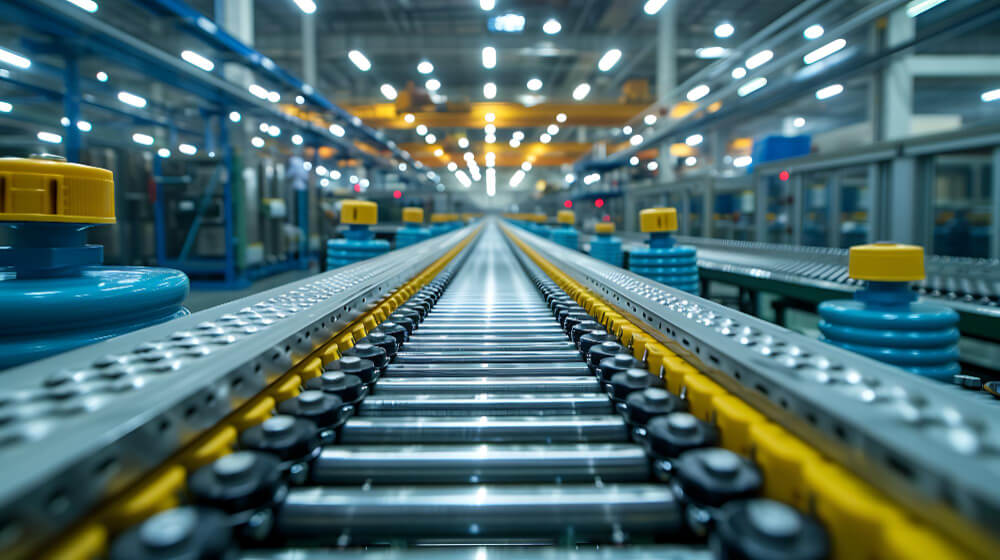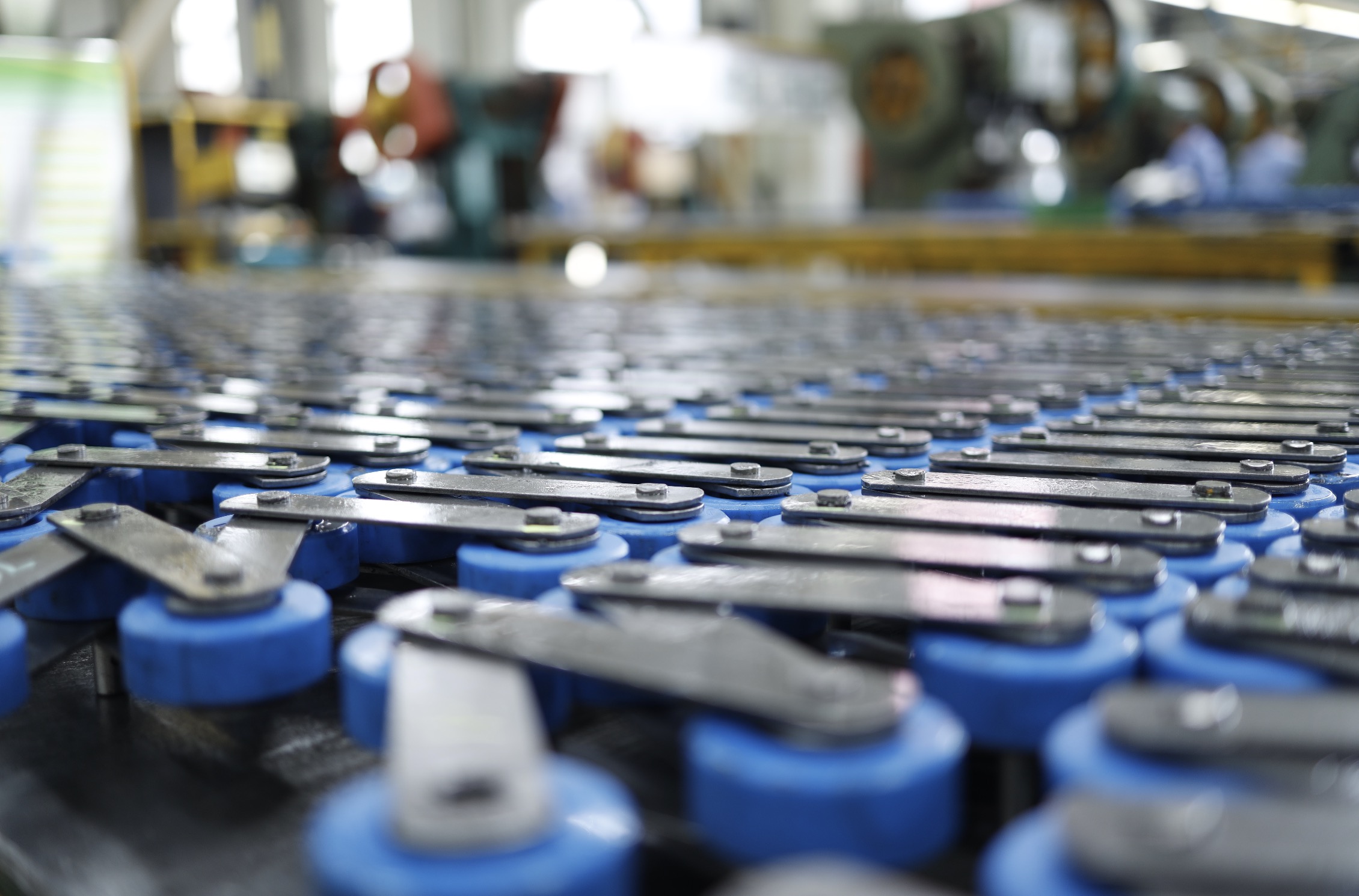A conveyor chain is a metal chain with pins and bushes connected to each other. The chain can be used to convey a wide variety of goods from one place to another. There are different types of chains.
Some are designed for light materials, while others are designed for heavy materials. For industrial applications, the chain is often long and has a large number of links. The length and pitch of a chain vary according to the purpose of the chain.
There are many types of conveyor chains, each with its own advantages and disadvantages. For example, two-strand chains are best suited for transporting lightweight containers, such as PET bottles.
They also have an advantage over flat-top chains, which are better for handling most types of containers. Unlike flat-top chains, these conveyors are not only capable of elevating but also conveying products.
The conveyor chain is widely used in various industries. Here are some of the common things a conveyor chain is used for.
- Mining
During the industrial revolution, mining facilities began using conveyors for moving bulk materials. As the technology advanced, the technology was further developed and now comes in many different materials. While today’s conveyors use a variety of different materials, the original concept of the conveyor chain has been in use for centuries. In mining, a conveyor chain is used to transport all types of materials from ore to crushed ore.
- Food Processing
When you talk about a conveyor chain, it’s hard not to think of food. From rollers to belts to dumpers, food is moved around with ease. It doesn’t matter if it is processed, raw materials, or organics. It all needs to be moved in a safe, efficient way. In order to process as well as packaged food items, a conveyor chain is used.
- Sewage Treatment
A conveyor chain is a vital part of the sewage treatment process, and a good quality one will last for a long time. Waste treatment facilities are becoming more prevalent, thanks to public concerns about the environment. A conveyor chain is essential for these processes, but traditional chains can wear quickly. These chains help to easily treat sewage and water. Most of the machines in sewage treatment plants work on a conveyor chain.
- Timber Harvesting
A conveyor chain is a common tool used in timber harvesting. Depending on the type of wood, chains can be designed to move large volumes of timber quickly. These types of chains are also popular in agriculture and the harvesting of fruits and vegetables. These types of chains have a variety of uses and can be purchased separately.
- Agriculture
A conveyor chain is a popular material handling equipment used in agricultural applications. Its wide variety of uses is suited to various industries and equipment. Hay, for example, is the most commonly baled crop. Different types of balers are designed to produce different kinds of bales. For the splicing process, the individual links are put together using simple tools.
- Textile Machinery
The conveyor chain is a key component in the textile machinery industry. This material is widely used in the textile industry and is available in several varieties. The BS standard is the most common and is designed to meet the needs of the British marketplace. The ISO standard is the most commonly used in Europe and the US.
- Car Plants
Conveyor chains are used in many processes in automobile production. From the raw materials to the finished product, chains are a common part of most conveyor systems. These systems require the movement of large amounts of material, and the failure of a conveyor chain could disrupt a large portion of a production line.
- Cement Works
A cement work requires a chain conveyor to move bulk materials between various stages of production. Typically, these chains use a single strand and can be manufactured to a variety of standards. In the United Kingdom, British Standard chains are used.
- Material Handling
A chain conveyor is a type of belt system that moves heavy or large loads. It is a common material handling solution in industries such as agriculture and automotive manufacturing, where it can be used to help with paint application and other processes.



